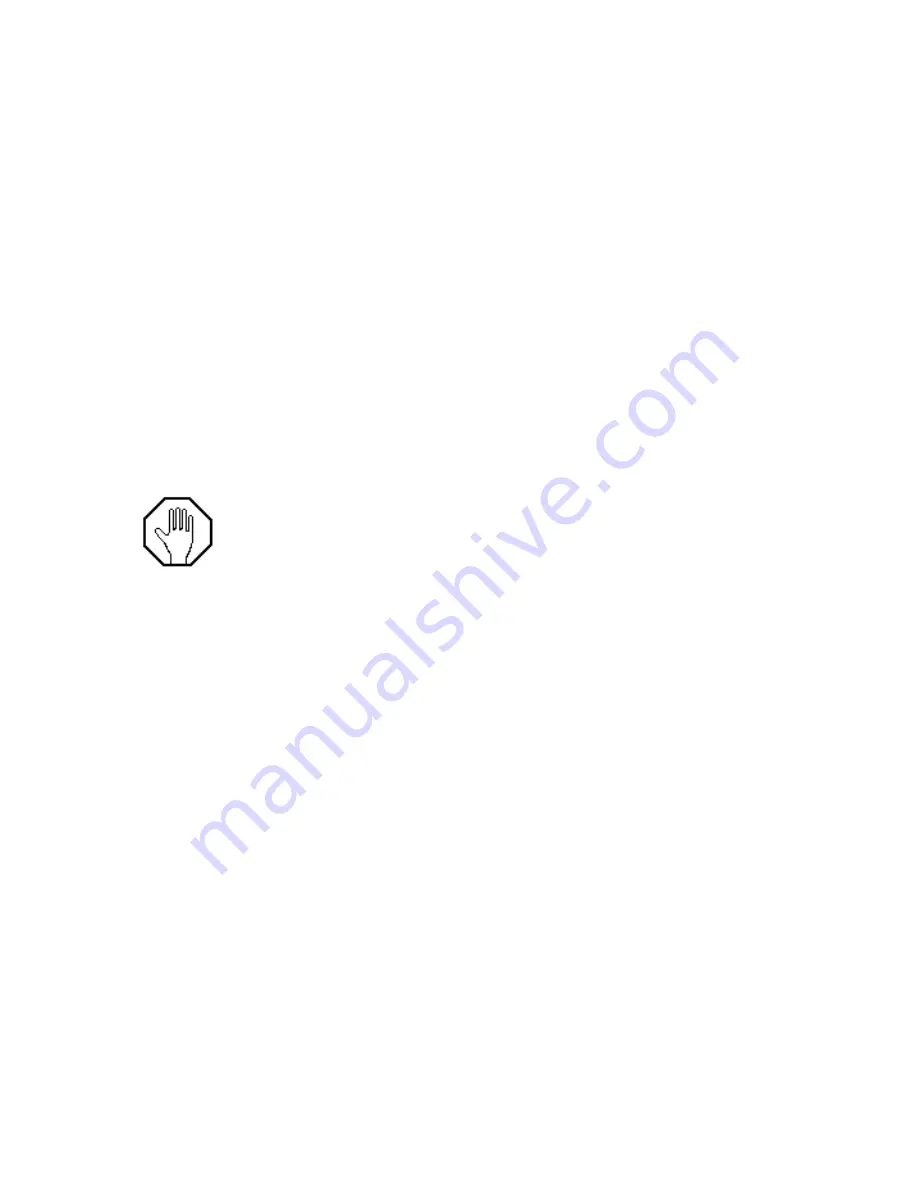
9
compressor is still running and water has stopped coming out of the discharge tube, the
discharge time should be decreased. Pumping efficiency can be maximized by
measuring the amount of fluid discharged. If the volume of fluid after one pump cycle is
less than the rated volume of the pump being used, then the fill rate can be increased.
The air line pressure gauge can be utilized to maximize efficiency. As a general rule, the
pressure indicated on the gauge should not exceed an equivalent depth to water
pressure. 1PSI = 2.31 Feet of water. Once the bladder in the pump is empty of liquids
the pressure will increase sharply. If a quick pressure increase is noticed, reduce the
discharge time until the quick pressure increase is no longer obvious.
For example, if the well you are sampling has a depth to water of 23 feet you should not
expect to see a reading on the pressure gauge much over 10 PSI. When the discharge
cycle begins the reading on the pressure gauge will begin to rise. Once depth to water
pressure has been reached the reading will ‘stall’ at that pressure until the bladder is
empty or discharged. Once the bladder is compressed completely the pressure will
again start to rise. For maximum per cycle liquid pumping volume, this is the optimum
point at which the discharge timer would expire and the fill rate timer would begin.
Reduced per cycle liquid pumping volume can be achieved by further decreasing the
discharge time, thus evacuating only part of the total bladder volume.
CAUTION
For use with negative (-) ground systems only.
Exceeding the recommended duty cycle will cause overheating.
Damage will result if the supply voltage exceeds 14 VDC.






































